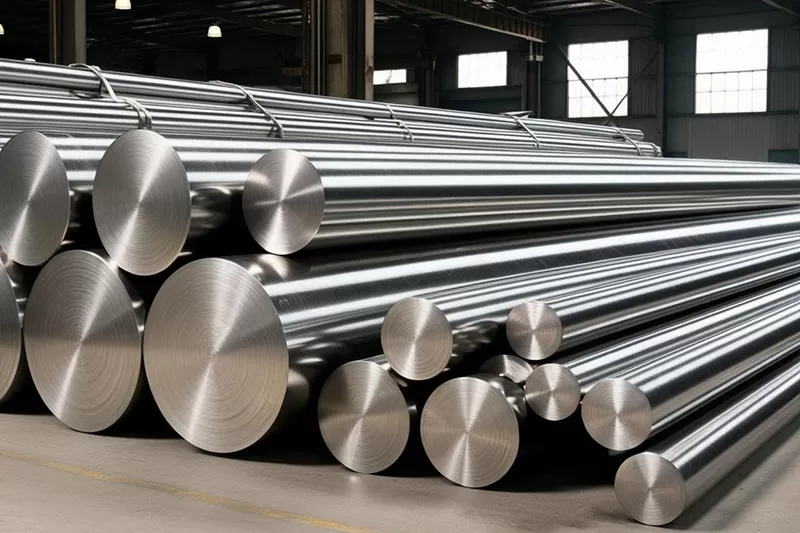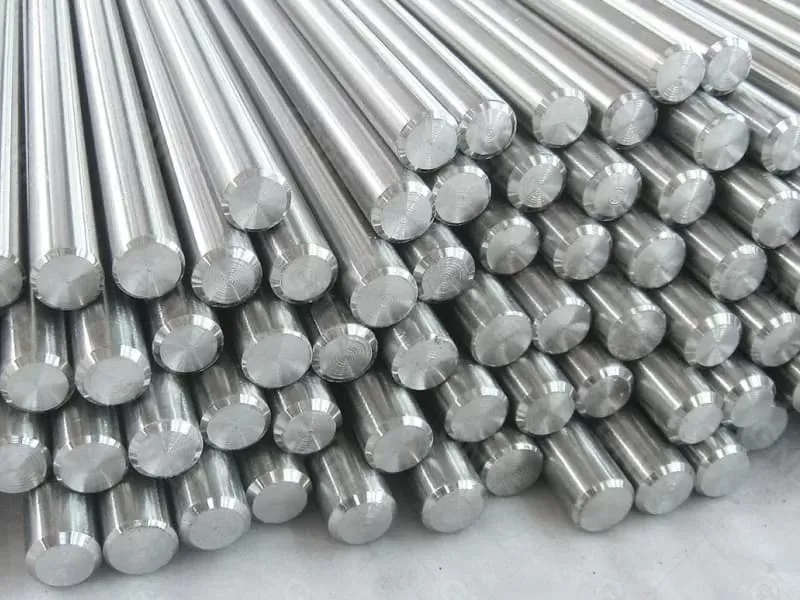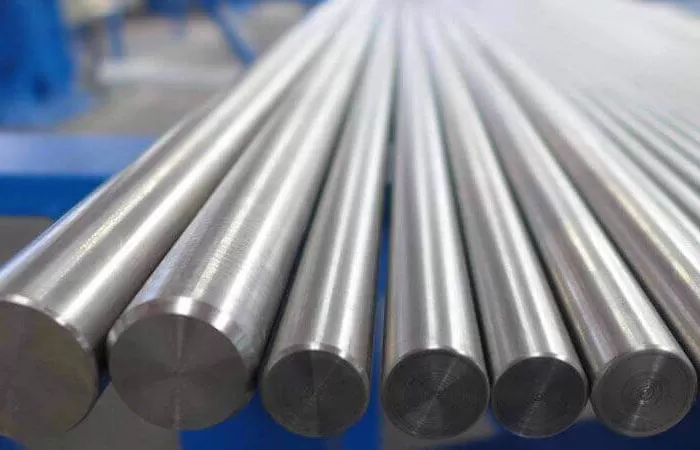
Nimonic 90, a nickel-chromium-cobalt-based superalloy, has long stood as a hallmark of engineering excellence. Developed in the 1940s for early jet engines, this alloy has evolved to become one of the most reliable materials for high-temperature bar stock applications. Even in today’s era of advanced composites and powder metallurgy, Nimonic 90 bars continue to play a vital role in aerospace, automotive, and power generation sectors where thermal stability and mechanical strength are paramount.
At its core, Nimonic 90 contains approximately 60% nickel, 20% chromium, and 15% cobalt, with additions of titanium and aluminum that form gamma-prime (γ′) precipitates — the secret behind its exceptional strength. This microstructural feature allows the alloy to maintain superior tensile and creep strength at temperatures up to 950°C (1740°F).
In bar form, Nimonic 90 exhibits a fine grain structure that enhances its fatigue resistance, making it particularly suitable for rotating components such as turbine shafts, compressor discs, and valve stems. Its oxidation resistance is impressive, as the chromium-rich matrix forms a self-healing oxide layer when exposed to hot gases.
Unlike many high-strength materials, Nimonic 90 remains dimensionally stable even after long exposure to fluctuating thermal cycles. This characteristic makes it indispensable for jet engine hot sections and high-performance exhaust systems where both mechanical load and thermal fatigue coexist.
While aerospace remains the spiritual home of Nimonic 90, its application base has expanded significantly. In automotive engineering, Nimonic 90 bars are used in turbocharger components and valve train systems, where they endure continuous high-temperature cycling. In industrial gas turbines, the alloy’s ability to withstand oxidation and maintain strength over long service periods reduces downtime and maintenance costs.
It also finds niche use in nuclear power systems, where structural integrity at elevated temperatures is essential for safety-critical components. The alloy’s resistance to carburization and sulfidation further enhances its durability in harsh chemical environments.
Producing Nimonic 90 bar stock demands precise control of composition and processing. The alloy’s work hardening tendency poses machining challenges — it requires rigid setups, slow feeds, and specialized carbide tooling. Despite this, its forging and heat-treatment characteristics are well-understood, making it one of the most predictable superalloys for precision manufacturing.
Heat treatment typically involves solution annealing at around 1080°C followed by age hardening at 700–750°C. This process maximizes γ′ precipitation, balancing strength, ductility, and toughness.
As aerospace propulsion continues to evolve toward higher operating temperatures and reduced emissions, Nimonic 90’s role is being redefined. While newer alloys like Rene 41 or Inconel 939 may surpass it in raw performance, Nimonic 90 remains unmatched in cost-effectiveness, manufacturability, and service history.
In the future, hybrid applications combining Nimonic bar sections with additive-manufactured components may become more common. Its proven stability and metallurgical predictability ensure it will remain a trusted material in both legacy and next-generation jet engines for decades to come.

2025-12-11 16:42:29

2025-11-19 14:09:22

2025-11-07 17:27:49

25th floor, C3 Building, Wanda Plaza, Kaifu District, Changsha, Hunan Province, China